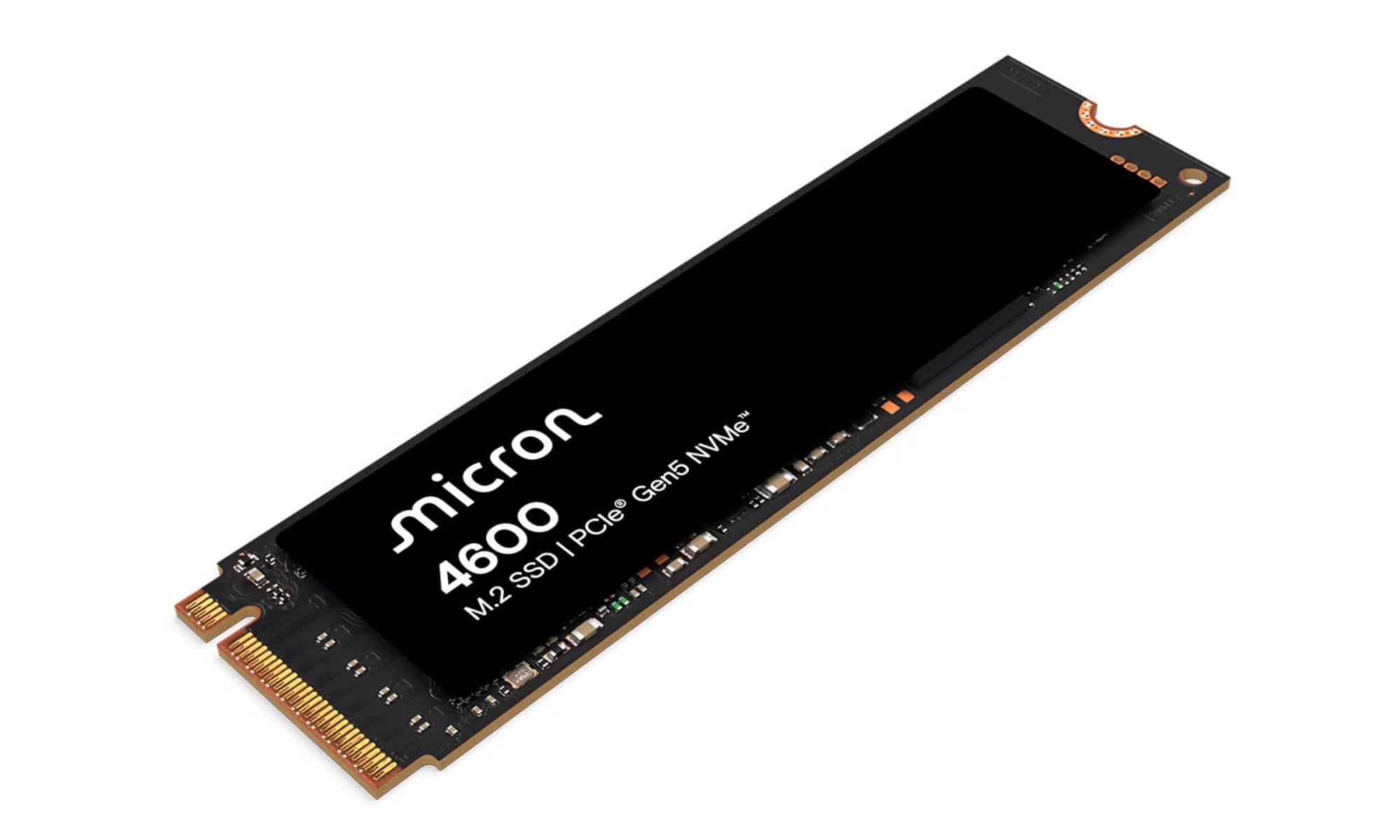The American company justifies the increase due to supply constraints and the rise of Artificial Intelligence
Micron Technology, one of the three major global memory manufacturers, has confirmed that prices for all its memory products—DRAM, NAND Flash, and HBM—will progressively increase during 2025 and 2026. This adjustment will affect both consumers and the business and high-performance computing sectors, given the widespread use of these technologies across all types of devices: from PCs and smartphones to servers and data centers.
The American company, which holds a 22.3% share of the global DRAM market and 15.7% in NAND Flash, formally notified its customers of this price increase on March 25, in line with the forecasts shared during its latest financial results presentation.
A “necessary” measure after a cycle of oversupply
According to Micron, the price increase is due to “persistent supply constraints” affecting the entire memory semiconductor industry. However, this move also comes after years of oversupply that forced major manufacturers to implement significant production cuts, aimed at stabilizing market prices.
With reported revenues of $8.05 billion for the second quarter of fiscal 2025—38% higher than the previous year—the company seems to have reached the desired turning point in its strategy. This policy has implicitly involved an artificial reduction in inventory to control supply and stimulate price increases.
“Micron confirms that on March 25, 2025, a letter was sent to customers regarding the price increases,” the company stated in a news release. “This action is consistent with the comments made during the earnings call on March 20, 2025.”
HBM memory, key for AI and future growth
The segment most affected by this increase will be HBM (High Bandwidth Memory), a type of high-performance memory mainly used in Artificial Intelligence accelerators and GPUs for data centers. According to the company, this is the area of highest growth and strategic priority, which is why it has invested $7 billion in a new assembly plant in Singapore dedicated exclusively to manufacturing HBM3E, HBM4, and HBM4E chips.
This facility is expected to be operational by 2026, providing support to key customers such as NVIDIA, AMD, and Intel, who increasingly rely on these types of solutions to drive their AI and high-performance computing architectures.
Consequences for consumers and the market
In the short term, the most visible impact will be felt in the price of GPUs, which are already at high levels. If manufacturers face additional costs for memory modules, it is unlikely that price reductions will be passed on to the end consumer.
In the case of desktops or laptops, especially those aimed at gaming, the price increase in DRAM and NAND memory could also raise the cost of assembly or upgrades. This would affect both the OEM market and individual component sales in a context where margins are already tight.
Moreover, mobile devices and SSDs for storage will also see increased costs, as NAND Flash is a critical component in both categories.
A sector reorganizing in response to new demand
Micron’s focus on HBM memory and price adjustments are part of a broader trend in the sector: the transition toward architectures optimized for Artificial Intelligence, where memory latency and bandwidth are determining factors.
As the demand for specialized chips and accelerators grows, other manufacturers—such as SK Hynix or Samsung—are expected to follow similar strategies, consolidating a new phase in the memory industry characterized by higher prices, tighter margins, and increasing pressure to meet the needs of the AI sector.
Source: El chapuzas informático

